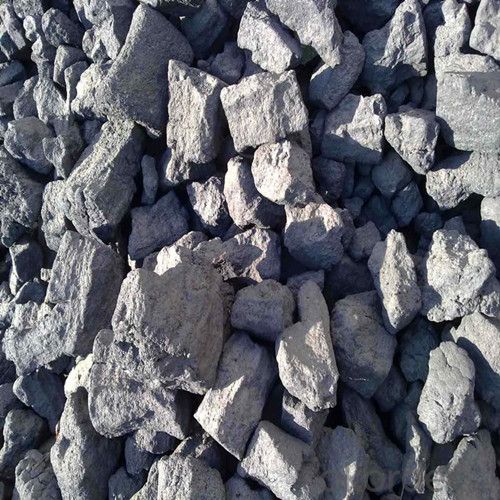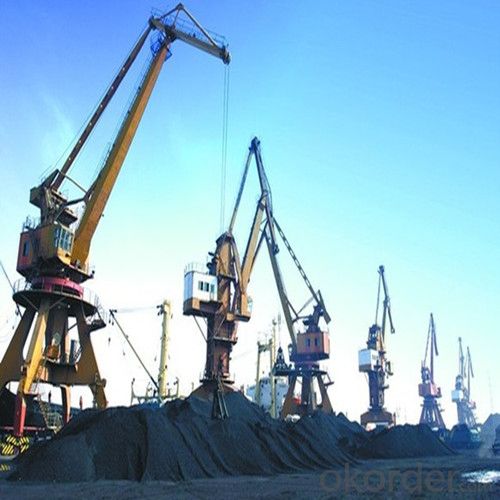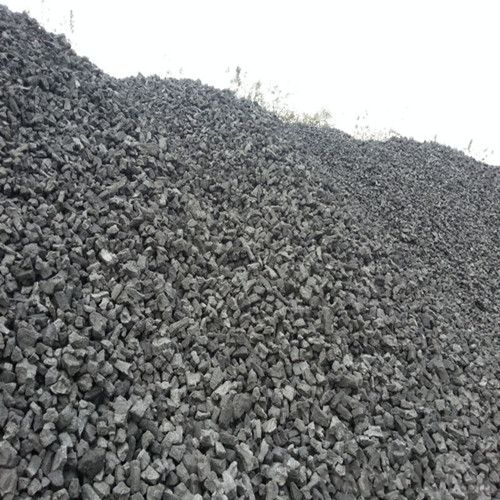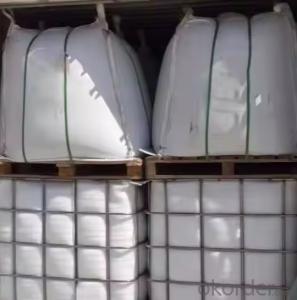Loading Port:Tianjin
Payment Terms:TT OR LC
Min Order Qty:1000 m.t.
Supply Capability:50000 m.t./month
1. Structure of Metallurgical Coke of Coke lumps25-80MM Description:
Coke is made by high temperature metallurgical coke for blast furnace smelting, casting and gasification. Occurring in the process of coking after recovery and purification of coke oven gas is a high calorific value of fuel, is an important industrial raw material in organic synthesis.
Coke is mainly used for blast furnace ironmaking and used for copper, lead, zinc, titanium, antimony, mercury and other non-ferrous metal smelting of blast furnace, reducing agent, compound and the function of stock column frame.
Blast furnace with Coke instead of charcoal, which laid a foundation for the large-scale of modern blast furnace, is a major milestone in the history of metallurgy.
On China's coke production distribution, the regional distribution imbalance of coking enterprises, mainly distributed in north China, east China and northeast China.
2. Main Features of the Metallurgical Coke of Coke lumps25-80MM:
• Quality assurance
• Mutual benefit
• Preferential price
• Various choice
3. Metallurgical Coke of Coke lumps25-80MM Images:



4. Metallurgical Coke of Coke lumps25-80MM Specification:
Parameters | Guarantee | Rejection |
Total Moisture (As received basis) | 5% max | |
Ash (dry basis) | 12.5% max | > 13.5% |
Volatile Matter (dry basis) | 1.5% max | > 1.8% |
Sulphur (dry basis) | 0.65% max | > 0.75% |
Phosphorus (dry basis) | 0.035% max | > 0.045% |
M10 | 7% max | > 9% |
M40 | 84% min | <82% |
CSR | 65% min | <63% |
CRI | 25% max | > 27% |
Size 30-90 mm | 90% min | |
+90 mm | 5% max | > 8% |
-30mm | 5% max | > 8% |
5. FAQ
China is facing competition from the demand of the surrounding area.Given India's steel production in the next 10 years is expected to increase 2 times, to the demand for coking coal in Asia is likely to lead to increased competition, make long-term supply relatively tight.In fact, the shift to quarterly contract pricing system embodies the international suppliers for demand and prices expected.



